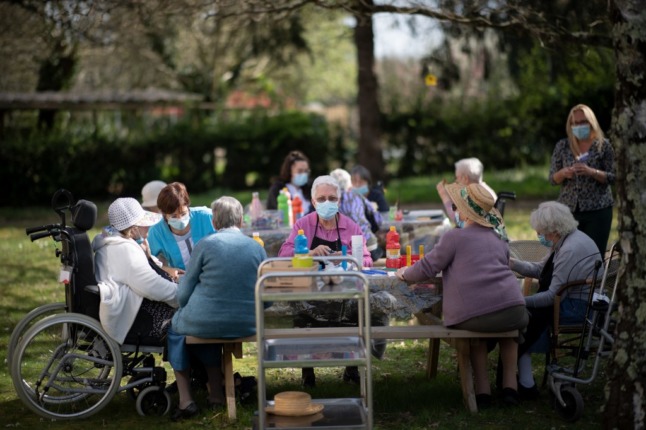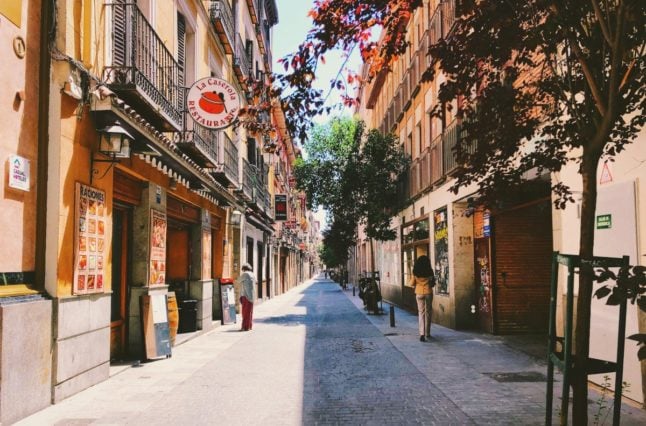Spain is renowned for being a very social country where people, young and old, get together outdoors to enjoy each other’s company and pass the time.
But this shared living concept has never been as prevalent when it comes to housing arrangements, with 65 percent of Spaniards in individual flats and 4.8 million people (a tenth of the population) living by themselves.
Enter cohousing, which can be called vivienda colaborativa in Spanish even though the English terminology is preferred, an arrangement that sees residents in a building have their own private accommodation but share common spaces such as the kitchen, laundry or other living areas.
The Spanish government’s 2022-2025 State Housing Plan includes a proposal to boost this cohousing model through financial aid and a 20-year lease for the tenants, considering that this cooperative living arrangement “enables greater integration and a closer relationship between tenants”.
What it could mean in practice is people of all ages living under the same roof in a building which resembles university dorms.
They cook together, watch a film together, play board games together, but then have their own rooms or small apartments to retreat to.
According to Spain’s Ministry of Urban Agenda, existing cohousing spaces in Spain and other EU countries are already proving to be a success, and the model could help to partly solve the country’s housing problems, where rising rents and property prices are making it harder than ever for people to find a home.
Collaborative living in Spain so far has mainly been created for the elderly as a way of preventing loneliness (2.1 million over-65s in Spain live alone), to create a sense of community and to share energy bills and other expenses such as doctors’ visits.
What hasn’t been tested yet is how the cohousing model would work if tenants of different ages and backgrounds were all housed in the same cohousing unit, with some experts considering it could lead to confrontations due to generational differences.
Reader question: Can I move into a Spanish care home as a foreigner?
It therefore seems more likely that the cohousing model for the elderly will be promoted mainly as an alternative to care homes, one which offers them more dignity and independence if they are able bodied and the possibility of growing old together.
Cohousing could also serve to house temporary agricultural workers in Spain, most of them foreign and poorly paid, and who often struggle to find or can’t afford to rent decent housing during their time in the country.
It’s important to distinguish between coliving, which involves sharing bathrooms and the kitchen, and cohousing, where only common living spaces are shared.
Spain’s government is currently seeking to pass legislation which would bring a series of major changes to the country’s housing laws, from price freezes to €250 rental allowances for young low earners (already approved), big tax hikes on empty homes, rent caps and last but not least, more social housing.
Under the proposals, thirty percent of new builds will have to be social housing projects meant for rental, Spain’s new housing law states, a decision which still has to be approved by the Spanish Parliament.
Spain has the lowest amount of social housing in the EU with 290,000 units, only 1.1 percent of all properties in the country.
READ ALSO:



 Please whitelist us to continue reading.
Please whitelist us to continue reading.
Member comments